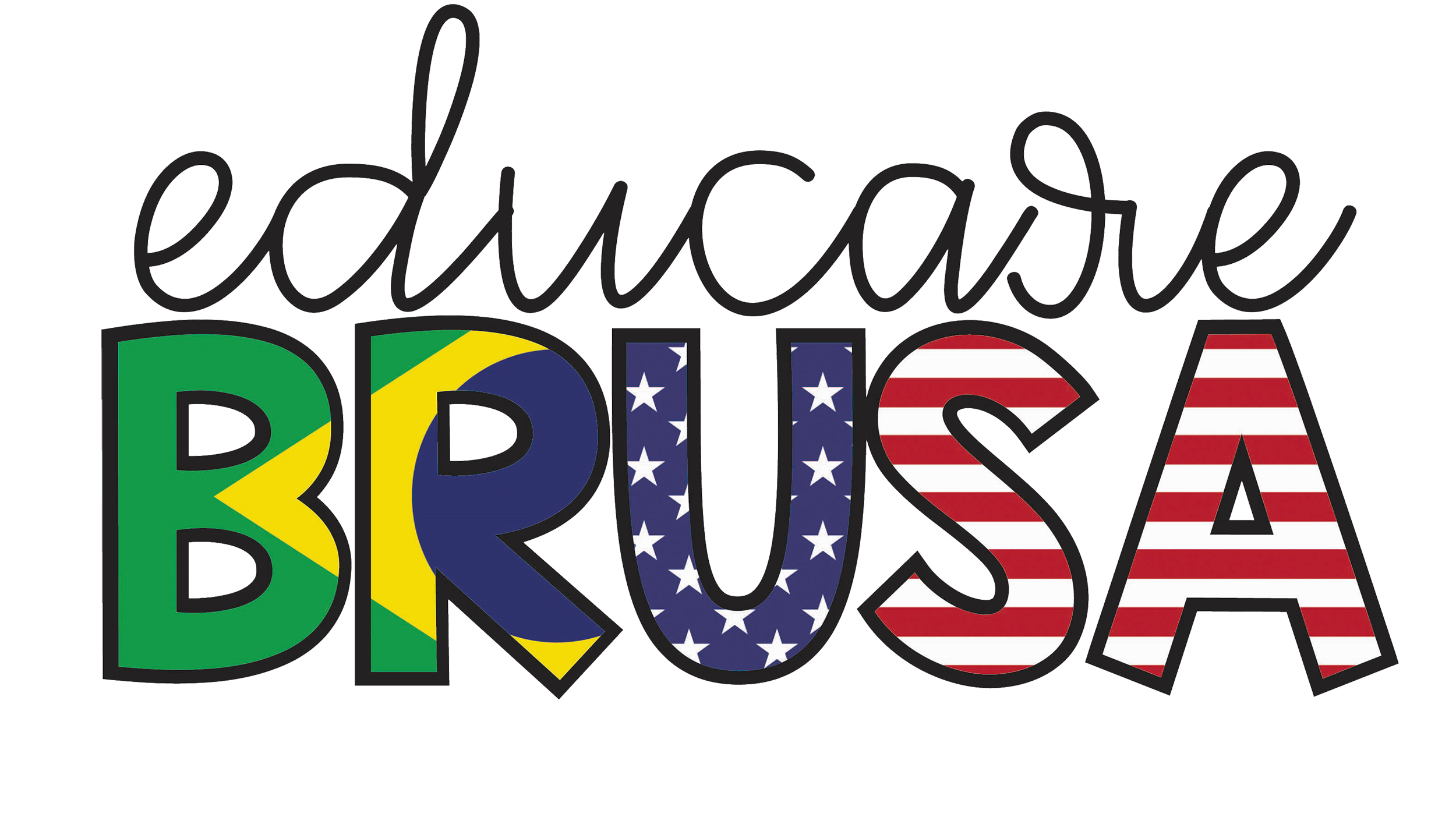There has been a lot of talk about ABA therapy and its role in treating autism over recent years. The Applied Behavioral Analysis (ABA) is often considered as “the gold standard” in the field of autism therapies by experts. But there are often misconceptions about what ABA is, and how it aims to treat subjects with autism through behavioral therapy? Today’s topic is a must-read, as we hope to explain all the basic questions a person can have about the topic and its effectiveness in the field.
What is ABA?
Applied Behavior Analysis is a therapeutic system for treating autism, based on the theory that “the desired set of behavioral activities can be taught through a system of rewards and consequences.”
The idea of humans adapting behavior through a system of rewards and consequences finds its origin in the earliest of times. The early humans learned to cook meat because the ‘cooked’ meat tasted delicious than the ‘uncooked’ one. Similarly, humans learned to put on clothes to save themselves from the harsh weather or other such consequences.
The same idea can be applied to manipulate targeted behavior and achieve a specific goal. That’s ABA in a nutshell.
Aim of ABA
Applied Behavior Analysis helps us understand:
- How behavior works
- How learning takes place
- How learning and behavior are affected by the environment.
The behavioral analysis increases our understanding of ‘how behavior works’ in real-time situations. The therapy aims to increase beneficial behavior and decrease harmful activities or behavior.
Use of ABA therapy programs
Applied behavioral analysis assists in:
- Decreasing problematic behavior
- Increase communication skills and social skills
- Improve attention, focus, academics, and memory.
The methods of applied behavior learning have been used and practiced for decades. From adopting a healthier lifestyle to learning a new language, they have helped many subjects of different age groups. The use of ABA to help children with autism dates back to 1960.
How does ABA work?
Applied behavior analysis is a flexible treatment that includes many techniques used for understanding and changing unwanted or harmful behavior. It is:
- not location-specific-It can be performed at home, school, daycare center, or anywhere.
- Flexible-can be redefined and designed for different individuals in light of the therapy goals and targets
- Focuses on teaching skills that are useful in everyday life
- Can involve one-to-one session or group discussions.
Positive reinforcements
One of the main strategies used in applied behavior analysis is positive reinforcement. In simple words, when a person is rewarded after a particular action or behavior in our case, the person is more likely to perform that behavior, thus reinforcing the behavior over time.
First of all, the therapist identifies a particular behavior. Then the subject is encouraged to perform that action. Upon successful action, he/she is rewarded. The reward can be chosen based on the preferences and likes of the child. For example, a toy, candy, playtime, cartoon, etc.
Rewards after the targeted behavior encourage the child to repeat it again and again and learn a new useful habit or activity. The same method can be used to discourage a particular behavior by punishing the child when he/she performs an unwanted behavior. The punishment is decided by the
